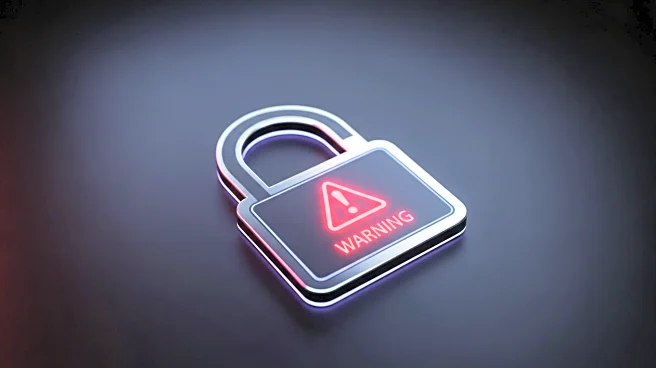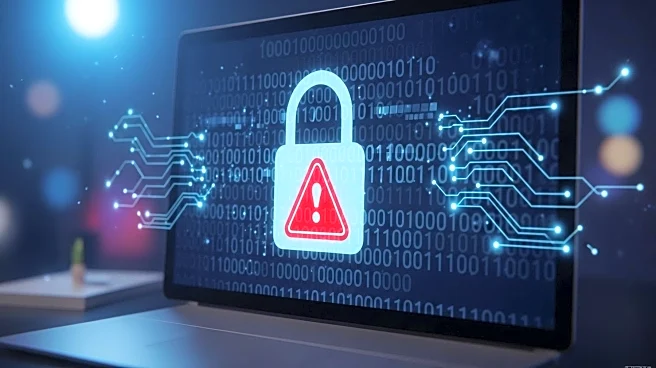What's Happening?
A malicious game on Steam, named BlockBlasters, has resulted in significant financial losses for streamers and crypto owners. The game, which was injected with malware, led to the theft of over $100,000, affecting multiple individuals, including a streamer named RastalandTV. RastalandTV was raising funds for stage 4 cancer treatment when prompted to download the game, resulting in a loss of $32,000. The malware was linked to a 'game2.bat' file added in August, and the incident highlights the risks associated with downloading games from verified storefronts like Steam.
Why It's Important?
This incident underscores the vulnerabilities in digital platforms, even those considered secure like Steam. The financial impact on streamers and crypto owners is substantial, with losses exceeding $100,000. It raises concerns about cybersecurity and the need for enhanced protective measures on gaming platforms. The event also highlights the potential for malicious actors to exploit popular platforms for financial gain, affecting individuals who rely on these platforms for income and fundraising. The broader implications for the gaming industry and digital security are significant, prompting calls for improved safeguards.
What's Next?
Following the incident, there is likely to be increased scrutiny on Steam's security protocols and potential updates to prevent similar occurrences. The gaming community may push for more stringent verification processes for games hosted on the platform. Additionally, affected individuals may seek legal recourse or compensation, and cybersecurity experts may investigate further to prevent future breaches. The incident could lead to a reevaluation of trust in digital storefronts and influence policy changes within the gaming industry.
Beyond the Headlines
The ethical implications of exploiting individuals during vulnerable times, such as fundraising for medical treatment, are profound. This incident may prompt discussions on the responsibility of digital platforms to protect users from malicious activities. It also highlights the need for increased awareness and education on cybersecurity risks among users. Long-term, this could lead to shifts in how digital platforms manage security and user trust.










